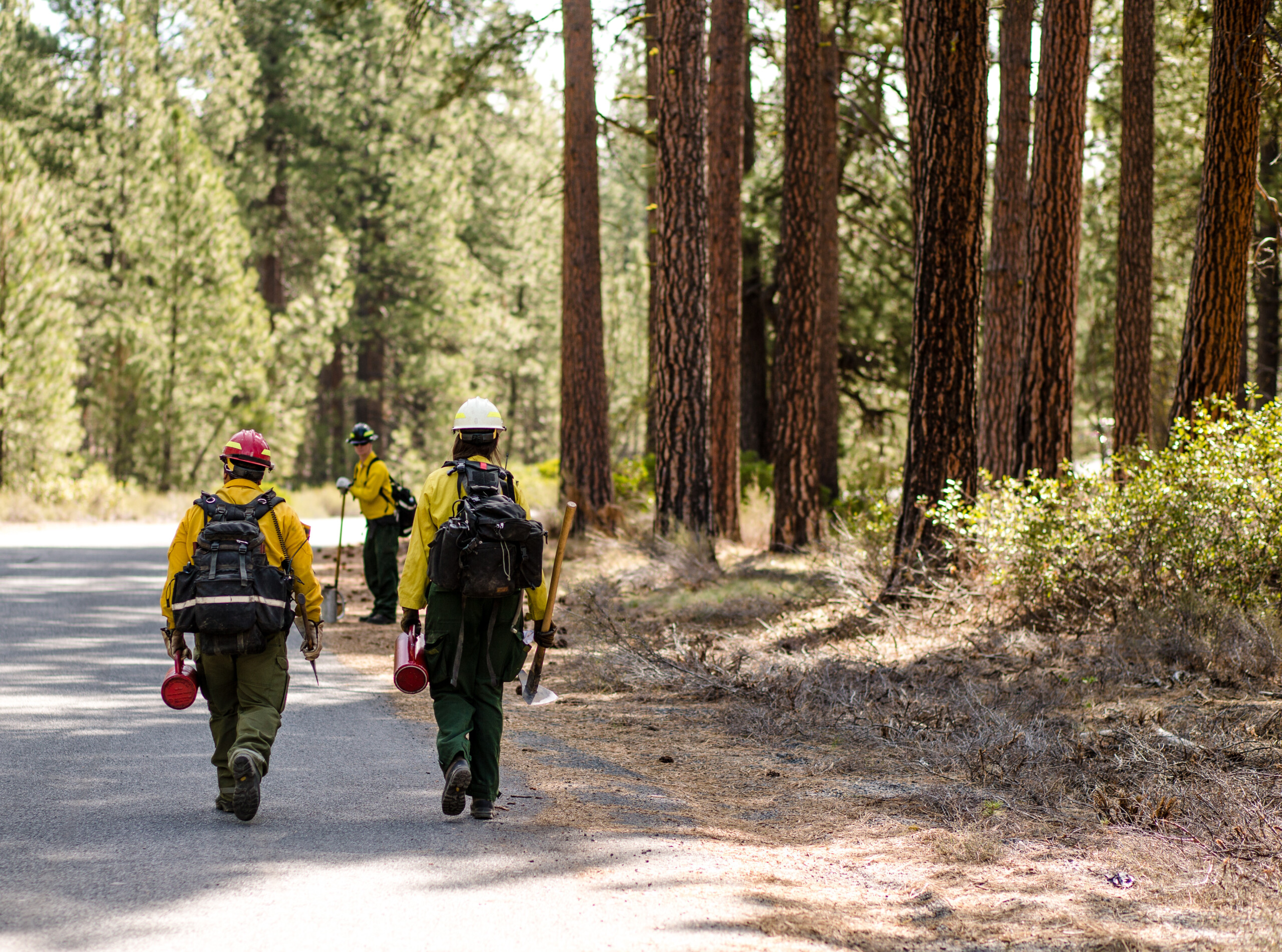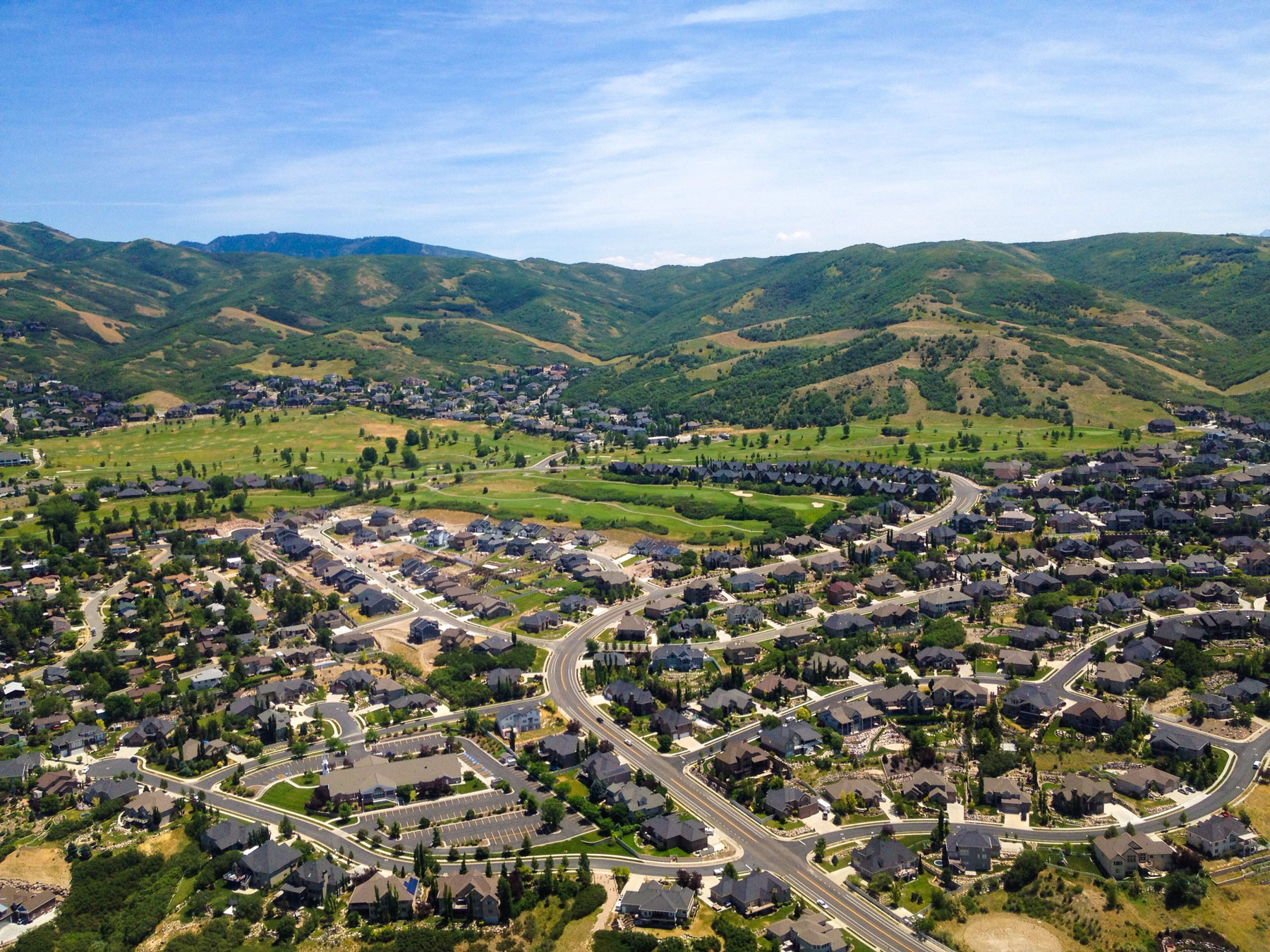The Threats of Wildfire
Each year, more catastrophic blazes — unnaturally high-intensity fires that cause damage to communities and ecosystems — continue to break out across our region. Fires of this magnitude, driven by climate change, continue to increase in size and intensity, creating impacts that range far beyond their burn scars. The most recent Assessment Report from the U.N. Intergovernmental Panel on Climate Change found that the probability of devastating wildfires in places like the Western U.S. could increase by one-third by 2050.
Natural wildfire in the West has always played an important role in maintaining healthy forest ecosystems. However, a century of aggressive fire suppression has resulted in a buildup of hazardous fuels in forests across our region. As a result, wildfires have increased in intensity and frequency over recent decades. The continued aridification, or drying out, of the region is escalating fire behavior, and transforming natural wildfires into catastrophic megafires that have become a year-round threat for towns, cities, and ecosystems across the West. While natural wildfire helps rejuvenate forest ecology, the catastrophic fires of today scorch rather than regenerate the earth, threatening tree stand diversity, wildlife habitat, and the entire ecosystems.
Due to the impacts of climate change, fire season is now a year-round reality. In December 2021, Colorado experienced its most destructive fire in history, the Marshall Fire, during a month that would have been previously considered outside of the traditional “fire season.”
Protecting healthy forest ecosystems in the face of climate is essential for communities and biodiversity. Forests are critical to improving air quality, as they absorb carbon and produce oxygen and act as the lungs of our ecosystems. Forests are also essential for protecting our clean and reliable water supplies, as healthy forest ecosystems help store and filter the water used by communities and wildlife across the West as well. Destruction of our forests by unnaturally large megafires puts our communities, ecosystem health, and public lands at risk.

OUR SOLUTIONS
Advocating for the Increased Use of Responsible Prescribed Fire
Wildfire has always been a part of healthy, functioning ecosystems. Fire naturally recycles important nutrients and clears out dead and decaying vegetation to create more resilient ecosystem structures. Some important tree species like Lodgepole and Ponderosa pine trees require smaller, more frequent burns for their seeds to germinate and to stimulate regrowth. So how can we return to a healthier state of wildfire and prevent the overwhelming levels of smoke and destruction that come from out-of-control megafires?
A century of fire suppression, stopping the natural burning of our forest at all costs, is part of the reason, alongside climate change, for the expansion of catastrophic fires. Western Resource Advocates believes that smart planning, in accordance with the natural systems of the forest, and prescribed burns can keep our communities safe from the devastating physical and economic impacts of catastrophic fires.
Prescribed burns — planned fires conducted under the trained and watchful eyes of experts —reduce the risk of catastrophic fire, while restoring many of the benefits of natural fire regimes. While catastrophic fires are uncontrolled, costly, dangerous, and damaging, prescribed burns are deliberate, guided by scientific criteria, and conducted by experts with safety precautions in place. Prescribed burns are smaller in scale and targeted for when weather and air quality conditions have maximum safety and minimum smoke impacts. Prescribed fires can produce up to 18 times less pollution per area than wildfires, according to research by University of Montana.
Prescribed burns are regenerative for the environment they are implemented in and provide vital nutrients while retaining soil health, as opposed to catastrophic fires which can burn hot enough to scorch seeds and leave forests barren for decades. By reducing fuel loads and the risk of catastrophic fires, prescribed burns protect communities, wildfire, water sources, and other important assets, promote firefighter safety, rejuvenate forest ecology, and encourage more resilient forest structure.
Using fire to improve ecosystem health isn’t new. Indigenous communities across the West have used controlled fire to promote healthy forest ecology for centuries, and forest managers in the Southeastern U.S. regularly use prescribed fire as a tool to manage forest ecosystems and promote forest health.
WRA is working to address regulatory and liability hurdles that limit the expert use of prescribed burns and increase the amount of practitioners and insurers engaged in the space. Our experts engage with partners and decision makers to advocate for legislation that makes it easier for certified prescribed fire practitioners to conduct burns when and where they are needed and to support the safe use of prescribed fire across our region. One of the major obstacles to prescribed burns is the lack of both federal and local funding. WRA works to help Western states increase funding and leverage federal funding opportunities to help grow the pace and scale of prescribed fire operations and fuel reduction measures at the rate called for by scientists and forest health experts.

Land Use Planning
One of the foremost threats facing Western forested ecosystems and wildlife habitat, exacerbating wildfire risk, is the continued development in the Wildland Urban Interface (WUI). The WUI is the area where human development like neighborhoods and houses directly intermingle with forests and forested areas. The aesthetic beauty of these areas attracts developers and homeowners, but unsustainable growth and expansion without wildfire-conscious planning increases the risk from catastrophic wildfire.
To help ensure that communities are more resilient against the growing threat of unnaturally large and destructive wildfires, WRA is working to ensure that states and communities implement proven land use planning strategies to help both protect people and property from conflagrations, as well as preserve intact ecosystems and expand access to outdoor recreation.
Land use planning policies, that include the preservation of open space and the inclusion of water resources like streams and wetlands, have important ecosystem benefits for communities and provide proven buffers against natural disasters like flooding and wildfires. In fact, Montana has emphasized the role of open space buffers in its statewide “Guidelines for Development within the Wildland-Urban Interface”, stating that open space buffers are one of the most effective ways to increase community wildfire resilience.

